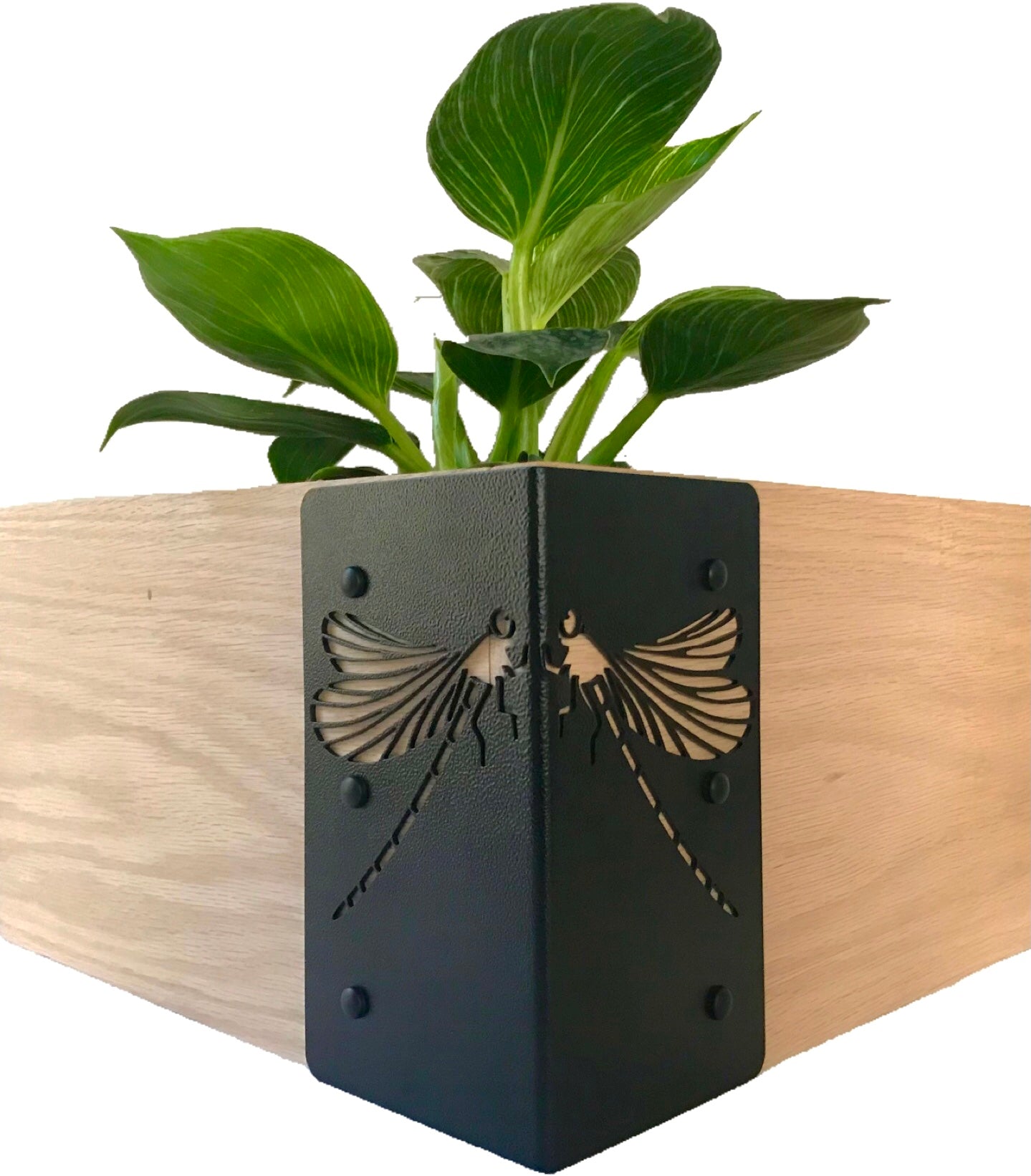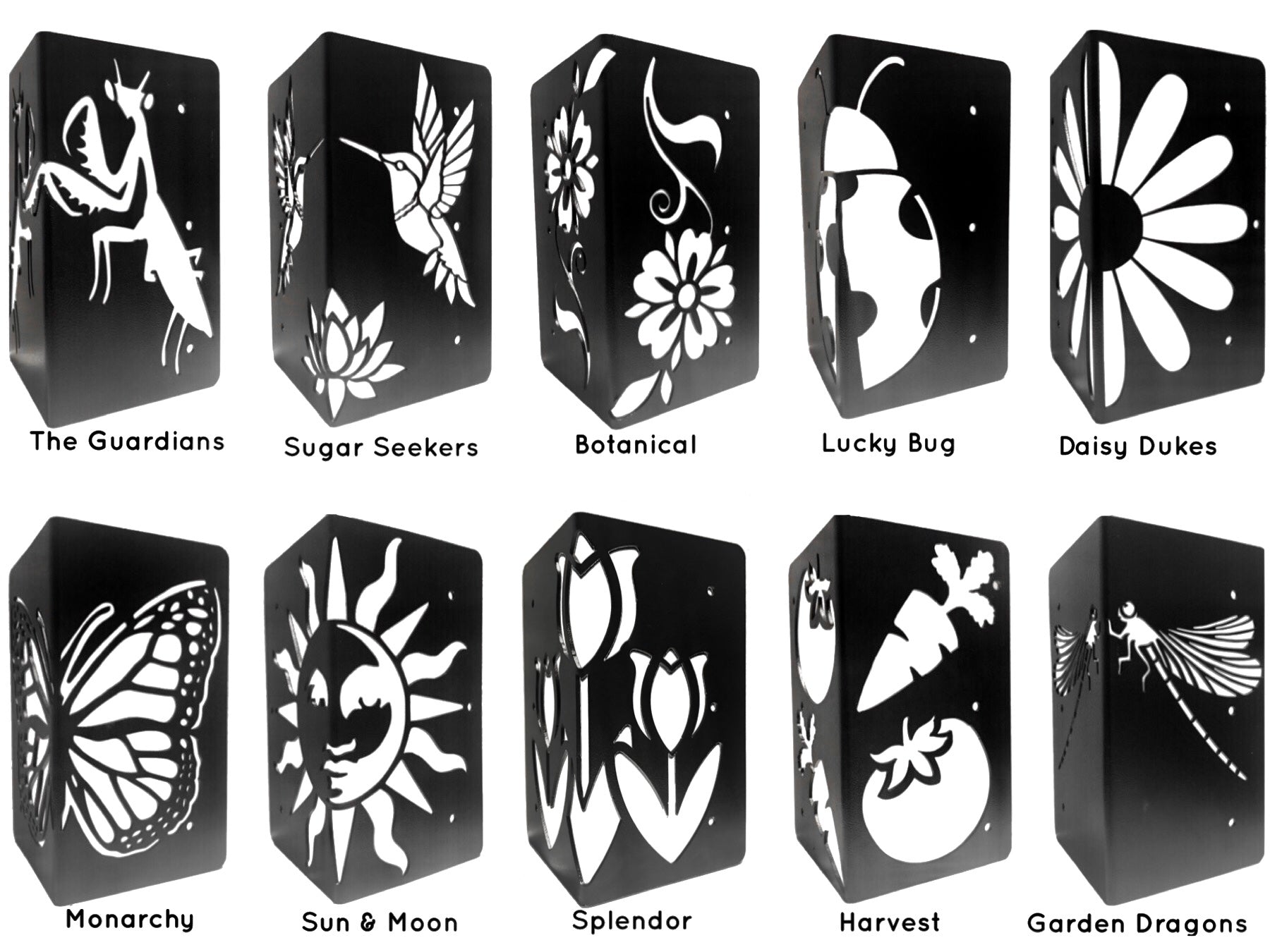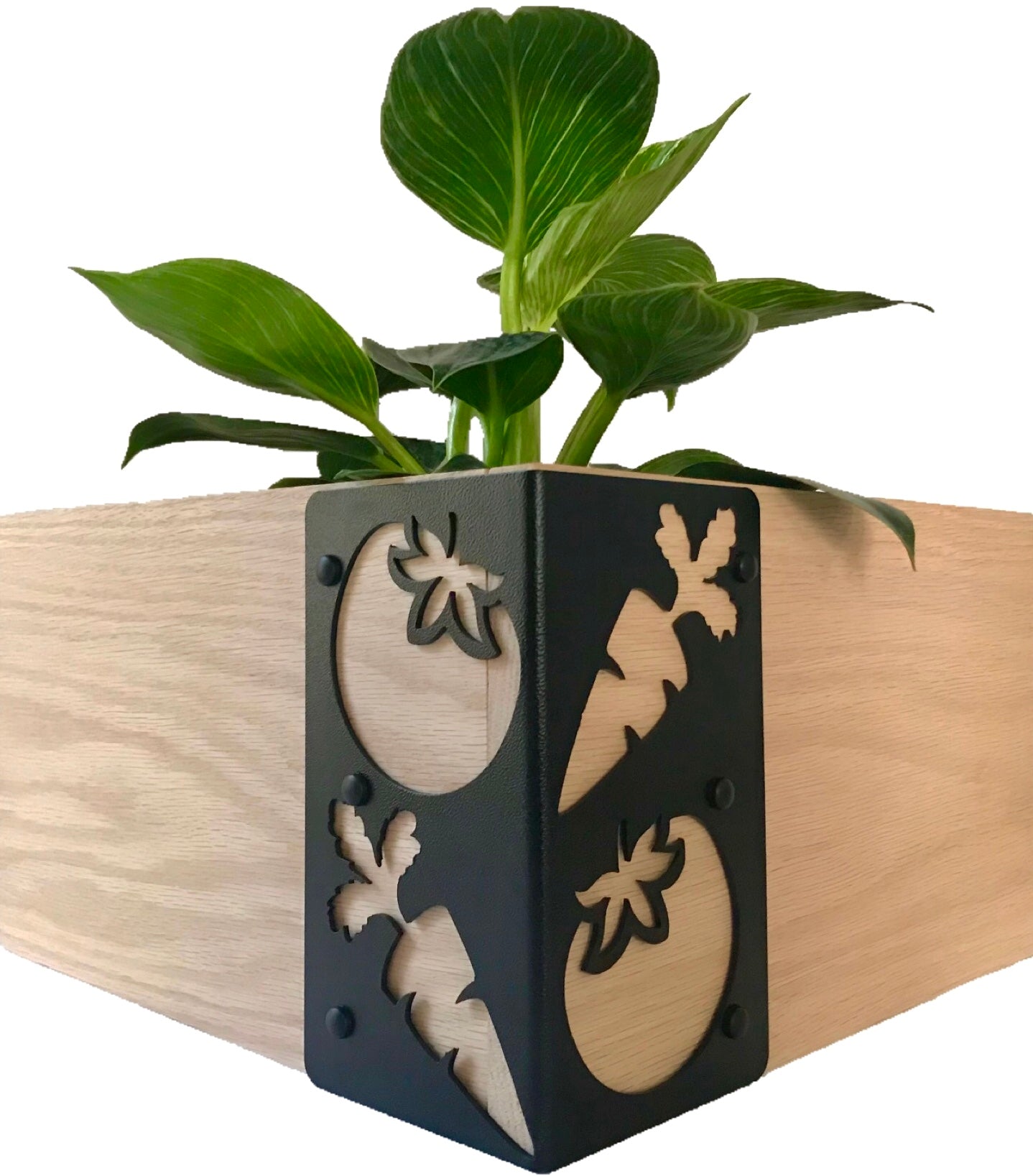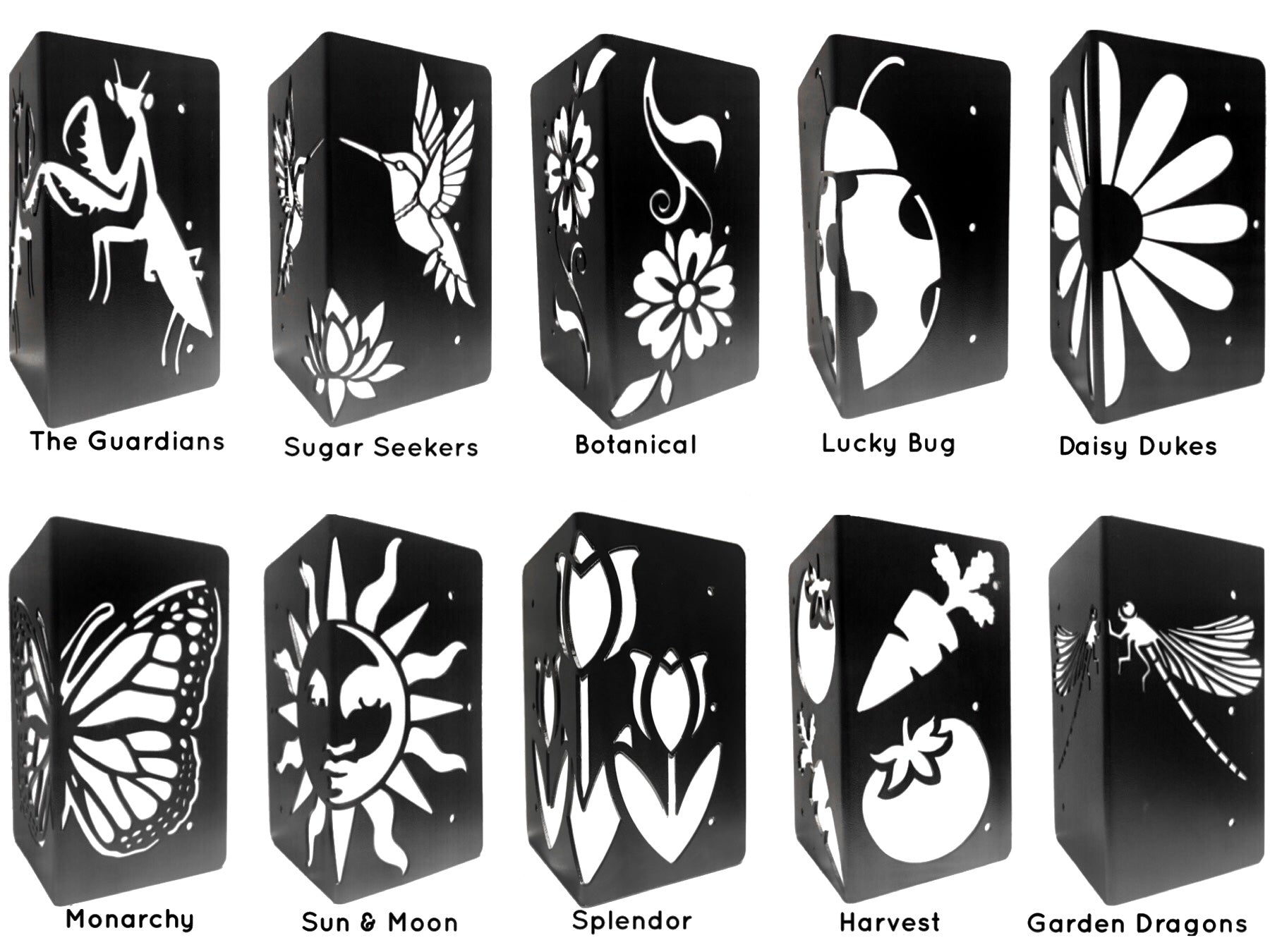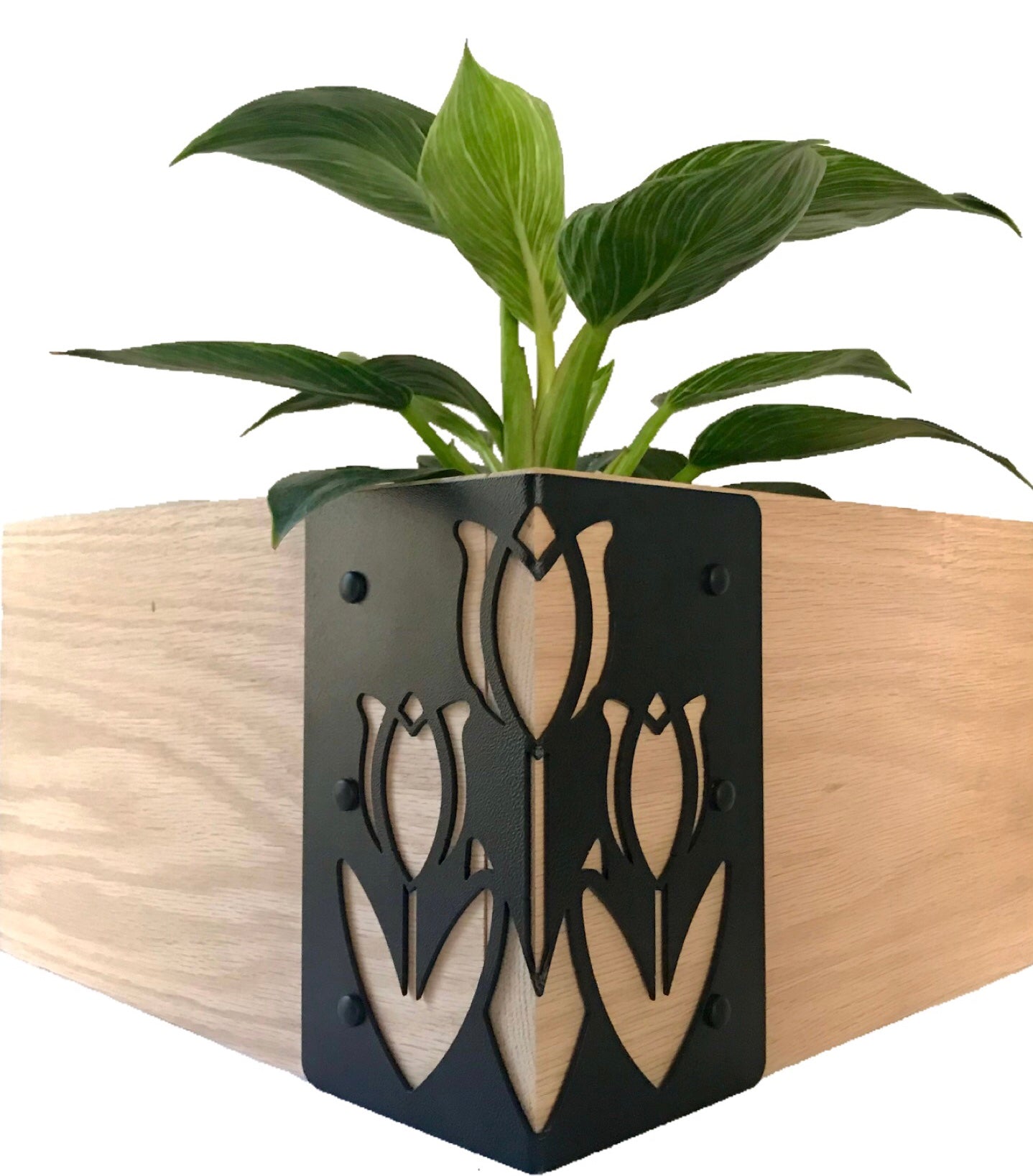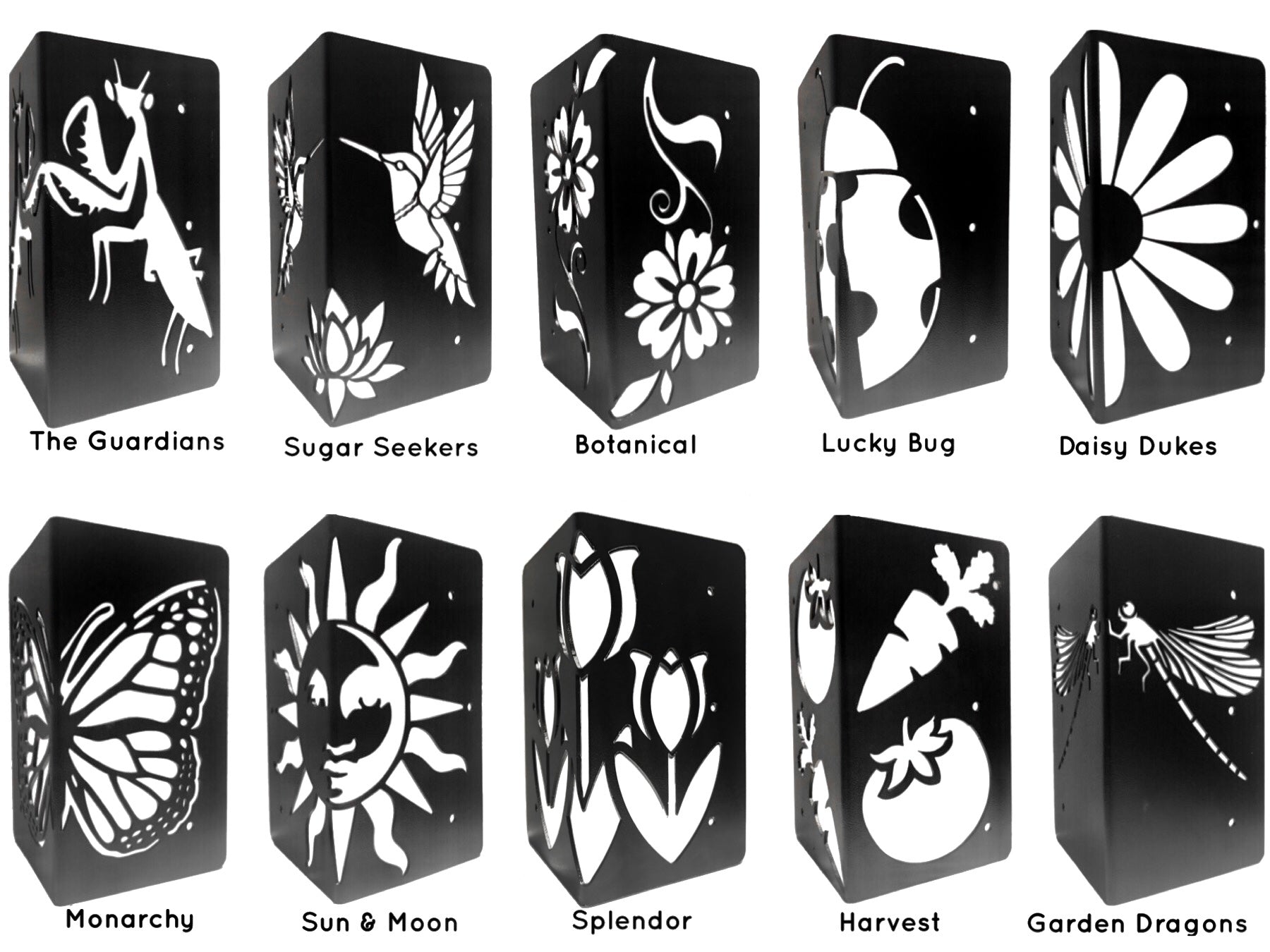
How deep should a raised garden bed be?

When building a raised garden bed, one of the most important questions that arise is how deep to make it? If it's too deep, the structure can collapse because of wet soils' weight. If it's too shallow, the roots of plants won't get enough space to grow. There are also other things of concern that are involved in deciding the depth of a raised bed.
In this article, we have explained thoroughly about the depth of a raised garden bed and the factors that are involved in deciding it.
Depth of a raised garden bed
You should make your raised bed ( 12 in) deep at the minimum because many plants need at least this much space for their roots to grow.
A depth of 30 cm leaves enough room for soil, where roots can grow freely. It also leaves space at the surface of the raised bed that can be used for mulching later in the season.
The perfect depth for a raised bed also depends on the site or the location where you're going to create it. According to a publication by the University of Georgia Extension, if a raised bed is built on a hard surface like concrete, it should be taller. With the increase in height, the risk of a bed collapse also gets higher. It's better to use garden corners with tall heightened beds; by strengthening the joints, they help prolong your garden beds' life. You can easily buy them online from 15cm (6 in.) to 58cm (23in.) through our website "Raised Bed Garden, Grow Bigger." Not only are our garden corners great for tall heightened beds, but you can also use them with your regular-sized beds to make them robust and enduring.
The publication by the university also suggested the below-mentioned depths of a raised garden for ergonomic and adaptive gardening:
Best of Green upside!
- (23 in.) for wheelchair access or to avoid too much bending.
And the type of crop you choose will also play a role in the depth of your raised garden bed. Some plants with the deepest root system need a raised bed depth of (23 in.).
Now, let's take a look at some of the significant factors that affect a raised garden bed's depth.
Location of your raised Bed
The location you have picked for your raised garden bed plays an important role in deciding its depth.
As we have explained above, if you build your bed over a hard surface, your plant's roots won't penetrate deeper; this will restrict the growth of their roots. So, you'll need to make a deeper bed, which can provide enough room for the roots to flourish properly.
On the other hand, if it's built over the soil, you can add depth underneath the raised bed. To do so, till or dig up 15 cm (6 in.) of soil below the ground level and amend this soil with compost. This will make it easy for the roots of your raised bed plants to continue growing into the ground.
Just keep in mind that you'll have to clean all the grass and debris before working the soil underneath it. If you don't want to add soil amendments, you can leave the grass as it is and build the structure over it, as long as you follow proper steps.
But if you go through the extra step of removing grass before constructing your raised bed, it will make it easy for the roots to grow; as the roots will penetrate right into the soil below the bed. You can use a single layer of cardboard to smother grass in the construction area and then build the structure over it.
Ergonomic and adaptive gardening
If you are considering ergonomics and adaptive gardening while building a raised bed, you will need to make it deep. A taller bed makes it easy for you to sit on the edge to do the gardening chores instead of bending over.
Accessing your bed through a wheelchair is also easy with a taller raised bed. Besides making your raised bed deeper, raise it up on slits to make it sit taller.
Keep in mind that your raised bed should be at most 1.2m (4ft.) wide; it makes it easy to reach any area in the bed from one side or the other.
Soil depth for plants
Along with other factors, the types of plants that you choose also play a significant role in deciding the depth of a raised bed. Some plants with shallow root systems may only need a soil depth of 30 to 45 cm (12 to 18 in.)
Plants with shallow root system include:
- Broccoli
- Spinach
- Garlic
- Lettuce
As lettuce is a shallow-rooted plant, so you don't need a raised bed quite as deep for this plant.
A few root plants, such as turnips and carrots, grow slightly deeper in the soil and need a soil depth of 45 to 60cm (18 to 24 in.).
There is another category of plants called deep-rooted plants. They may need a soil depth of 60 to 90cm (24 to 36 in) to grow properly.
Plants with deep root system include:
- Pumpkins
- Asparagus
- Tomatoes
- Rhubarb
You can also leave some extra space at the top of your bed; this makes room for mulch over the soil surface later in the season.
You will also need to consider a few things regarding depth when planting certain plants. Like, you should leave 15 to 30 cm ( 6 to 12 in.) above the soil surface when growing potatoes in a raised garden bed. It is because with potatoes you need to use hilling during the season. Hilling means piling up soil around the base of a plant as it grows.
This practice protects your potato tubers from the suns' exposure. When a tuber gets exposed to sunlight, it turns green and produces a toxic substance called Solanine.
Drainage
Finally, also consider the water drainage from the raised bed. If your soil mix is of the type that retains water (clay soil), then you should make your raised garden bed a little deeper; it will help excess water drain out of your bed.
A perfectly designed, made, and maintained raised garden bed will be a lasting source of charm in a landscape. After reading the article, you now have accurate knowledge about the depth of a raised garden bed. You also know about different factors that you will need to consider when adjusting the height; why delay making one in your yard? Let's get to work now!


